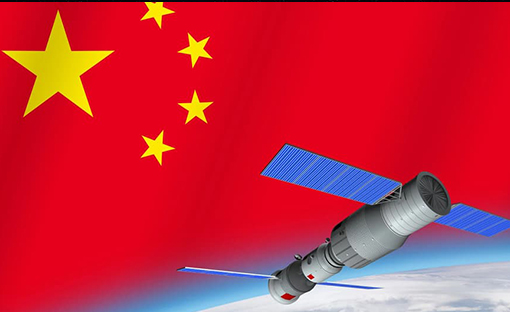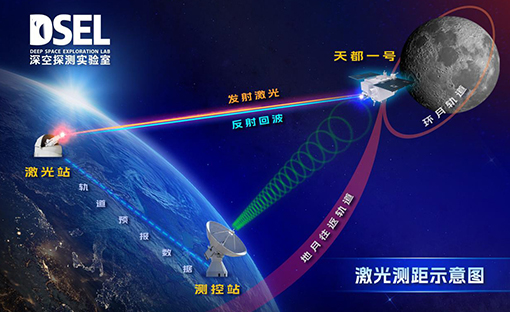In a technological leap that could reshape global satellite communications, Chinese scientists have successfully achieved satellite internet speeds of 1 Gbps, making their system five times faster than Elon Musk’s Starlink. This breakthrough was accomplished using a 2-watt laser from a geostationary satellite orbiting over 36,000 km above the Earth, more than 60 times higher

In a technological leap that could reshape global satellite communications, Chinese scientists have successfully achieved satellite internet speeds of 1 Gbps, making their system five times faster than Elon Musk’s Starlink. This breakthrough was accomplished using a 2-watt laser from a geostationary satellite orbiting over 36,000 km above the Earth, more than 60 times higher than Starlink’s low-Earth-orbit satellites.
While laser-based internet isn’t new, the challenge has always been Earth’s atmosphere. As laser signals travel through the layers of air, turbulence scatters them, leading to weak and blurry reception. But China’s latest innovation addresses this problem head-on.
Introducing AO-MDR: A Smarter Signal Solution

A research team led by Professor Wu Jian from Peking University and Liu Chao from the Chinese Academy of Sciences developed a method called AO-MDR synergy a combination of Adaptive Optics (AO) and Mode- Division Multiplexing Receiver (MDR) technologies. Their approach reshapes distorted laser light in real-time using 357 micro-mirrors and breaks it into multiple light paths using a device called an MPLC (Multi-Plane Light Converter).
From these paths, the three strongest signals are selected and recombined using an AI-powered algorithm named “path-picking”. This dramatically improves both signal strength and reliability. A major win for high-value data transmission.
From Theory to Reality: Tested and Proven

The team tested the technology at an observatory in Lijiang using a 1.8-meter telescope, aimed at an undisclosed satellite. The results were remarkable:
- Signal errors dropped significantly
- Signal reliability improved from 72% to 91.1%
- Internet speeds hit 1 Gbps, far surpassing Starlink’s average of 200 Mbps
What This Means for the Future

This advance doesn’t just put China ahead in the satellite internet race, it opens new frontiers for secure, high-speed internet access in remote areas, deep-sea operations, space exploration, and even future lunar missions. It also signals growing competition in the global tech arena, where laser-based communications could soon outshine traditional radio wave methods.
As the world watches the skies, China may have just fired the first real beam in the next big internet revolution.





















Leave a Comment
Your email address will not be published. Required fields are marked with *